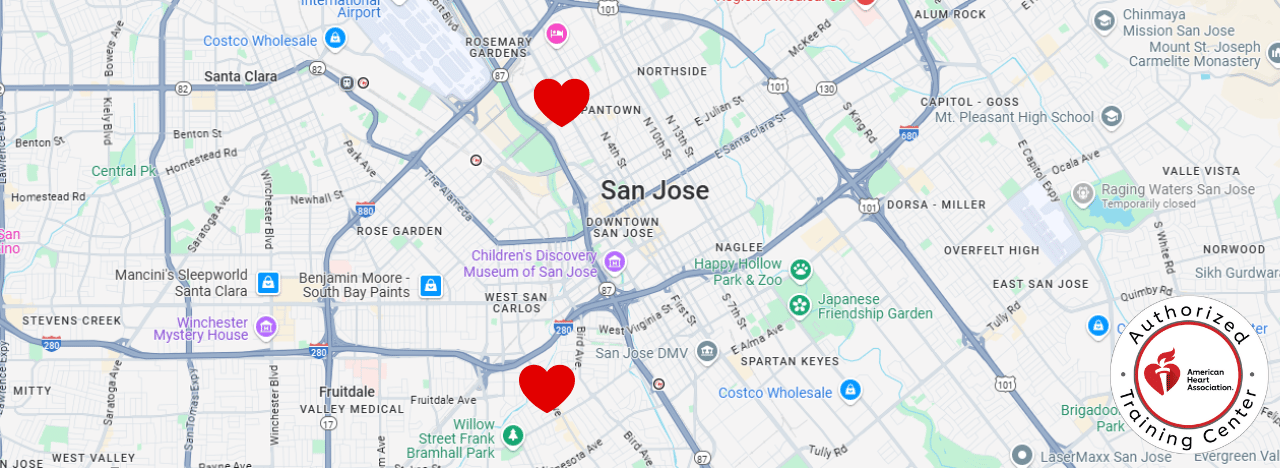
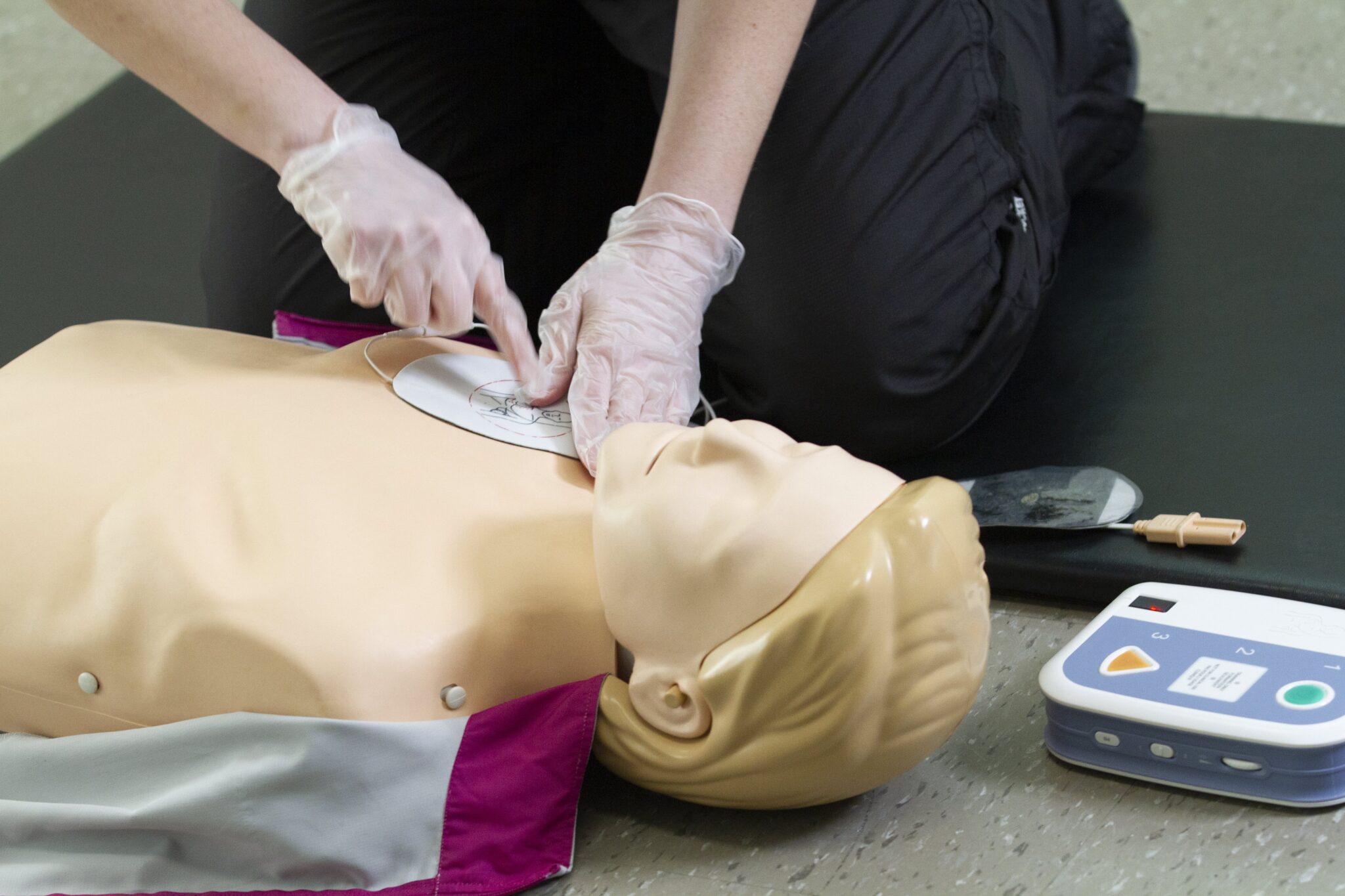
Price: Lowest prices in San Jose. Guaranteed.
Convenience: 60+ CPR testing sites. Classes offered daily.
Trust: Founded 1989. AHA Training Center
San Jose, nestled in the heart of Santa Clara County, is a city that blends innovation, history, and a strong sense of community. Known as the Capital of Silicon Valley, it’s home to landmarks like the Tech Interactive, where technology meets creativity, the iconic Winchester Mystery House, and the bustling shopping and dining hub of Santana Row. Learning Basic Life Support (BLS) here connects you to a community that thrives on helping others and staying prepared. Whether you’re a tech professional, a teacher, or a parent, gaining life-saving skills in such a vibrant city ensures you’re equipped to make a difference wherever you go.
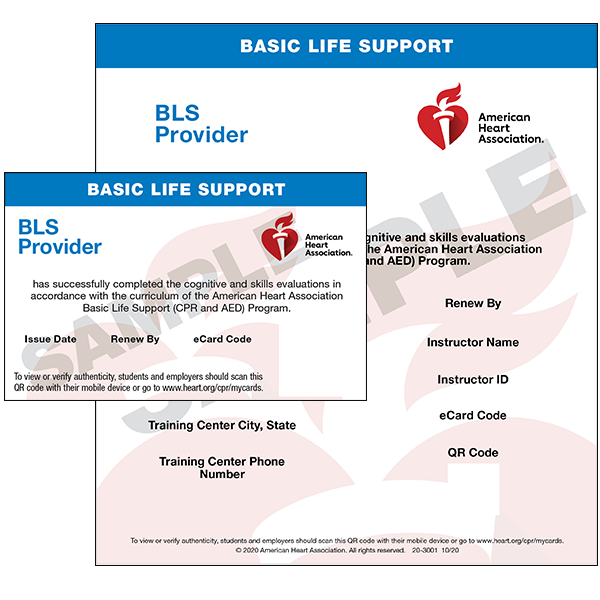
Basic Life Support
Online Course: 1-2 hours
Skills Testing: 30 minutes
100% Pass Rate Guaranteed
Lowest Prices In California
Receive Card On Class Day
Thousands of 5 Star Reviews
CE Credits to CA Dentists
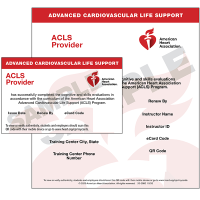
Advanced Cardiac Life Support
Online Course: 2-3 hours
Skills Testing: 30 minutes
100% Pass Rate Guaranteed
Lowest Prices In California
Receive Card On Class Day
Thousands of 5 Star Reviews
Some Professions: 2-3 CEU
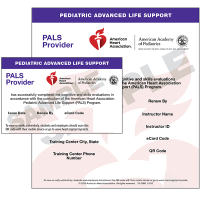
Pediatric Advanced Life Support
Online Course: 2-3 hours
Skills Testing: 30 minutes
100% Pass Rate Guaranteed
Lowest Prices In California
Receive Card On Class Day
Thousands of 5 Star Reviews
Some Professions: 3.75-5 CEU
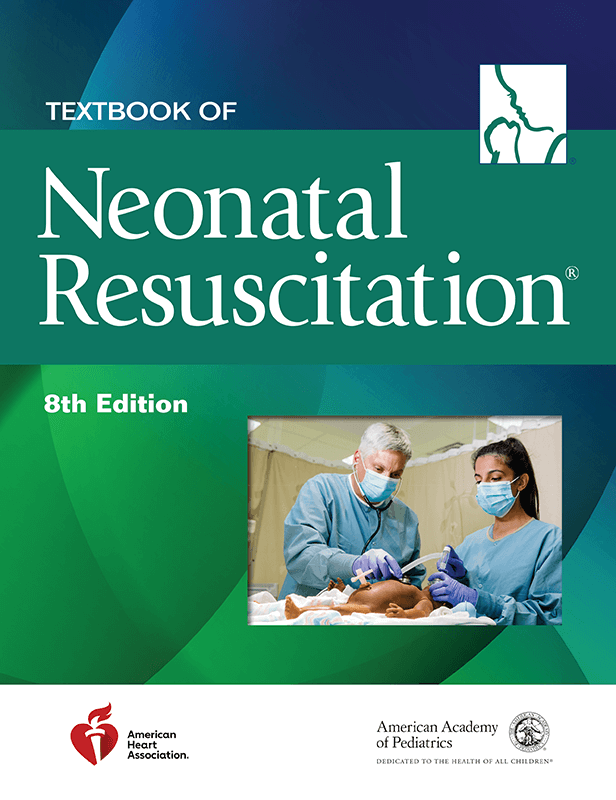
Neonatal Resuscitation Program
Online Course: 2-3 hours
Skills Testing: 3 hours
100% Pass Rate Guaranteed
Lowest Prices In California
Receive Card On Class Day
Thousands of 5 Star Reviews
Some Professions: 4 CEU
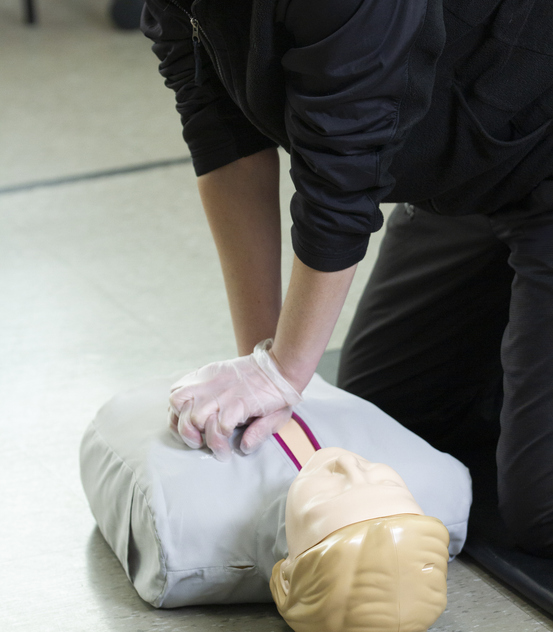
Audience: General public
Topics: CPR for all age groups, AED use, bleeding, epi-pen, etc
Online Session: 1 Hour
Skills Testing: 30 minutes
Card: Safety Training Seminars
Certification: Valid 2 years
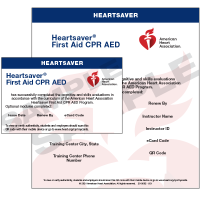
Audience: General public
Topics: CPR for all age groups, AED use, bleeding, epi-pen, etc
AHA Online Course: 1-2 Hours
Skills Testing: 30-45 minutes
Card: American Heart Association
Certification: Valid 2 years
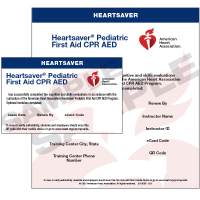
Audience: CA childcare providers
Topics: CPR for all age groups, AED use, bleeding, epi-pen, etc
AHA Online Course: 1-2 Hours
Skills Testing: 30-45 minutes
Card: American Heart Association
Certification: Valid 2 years

Audience: Childcare providers
Topics: Lead poisoning, nutrition, infectious disease,etc
Zoom Course: 8 Hrs (state law)
Skills Testing: 30-45 minutes
Card: EMSA Health & Safety
Certification: No expiration

675 N First St, Suite 700E
San Jose, CA 95112
(408) 217-5490
Opening Hours:
Monday: 8 am – 10 pm
Tuesday: 8 am – 10 pm
Wednesday: 8 am – 10 pm
Thursday: 8 am – 10 pm
Friday: 8 am – 10 pm
Saturday: 8 am – 10 pm
Sunday: 8 am – 10 pm

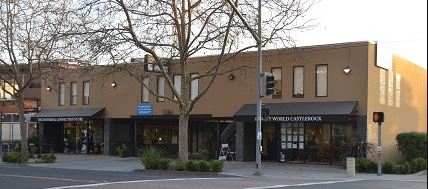
1261 Lincoln Ave. Suite 213
San Jose, CA 95125
(408) 495-8913
Opening Hours:
Monday: 8 am – 10 pm
Tuesday: 8 am – 10 pm
Wednesday: 8 am – 10 pm
Thursday: 8 am – 10 pm
Friday: 8 am – 10 pm
Saturday: 8 am – 10 pm
Sunday: 8 am – 10 pm

The ACLS renewal course is designed for healthcare professionals such as paramedics, nurses, physicians, and other medical staff who manage cardiovascular emergencies and need to renew their certification.
If you recently attended an American Heart Association training at our San Jose location, we’d love to hear about your experience! Your honest review on Google, Yelp, or Facebook not only helps us improve, but also makes it easier for others in the San Jose community to find and trust our life-saving training programs.
As a women-owned small business, we’re proud to serve the vibrant San Jose area. Your support goes a long way in helping us continue offering high-quality training to those who need it most. Many of our students are referred by local nurses, teachers, parents, and professionals who’ve completed our programs. Your input plays a big part in building this network of life-savers and spreading essential skills throughout our community.
Whether you’re new to CPR training or a seasoned professional sharpening your skills, your feedback matters. Thank you for taking a moment to share your experience and helping us reach more of our San Jose neighbors!
EXCELLENTTrustindex verifies that the original source of the review is Google. I really appreciated the instruction and feedback provided by the trainers during the BLS class, earning me comprehensive and coveted BLS certification that I'm confident will serve me well in any emergency situation.Trustindex verifies that the original source of the review is Google. I was really impressed with the BLS class I took at Safety Training Seminars, which not only effectively trained me in life-saving skills but also gave me reassurance in earning my BLS certification.Trustindex verifies that the original source of the review is Google. Class was excellent! Easy instructions, clean equipment and facility. Thank you!Trustindex verifies that the original source of the review is Google. I recently completed the BLS Class at Safety Training Seminars and left feeling highly confident in my ability to respond to emergency situations with the knowledge and skills I gained. Quick, easy, and seamless course.Trustindex verifies that the original source of the review is Google. I recently attended Safety Training Seminars for BLS certification and was very impressed with the experience, the instructor provided clear and concise instructions that made the material easy to understand, making me feel confident and prepared for my certification exam.Trustindex verifies that the original source of the review is Google. Good place, good manikins, and the online courses for ACLS/PALS are really helpful! Highly recommend!Trustindex verifies that the original source of the review is Google. I’ve taken my CPR/First Aid/EMSA/BLS certification training at Safety Training Seminars for many years. This is a top notch organization!! I know I can count on the instructors at Safety Training Seminars to expertly guide me through the CPR and First-aid class, providing clear instructions and hands-on training to ensure I receive the highest quality of education, ultimately resulting in a well-rounded understanding of lifesaving techniques necessary for BLS and EMSA certification. In prior years, I attended classes in person. I was a bit hesitant to take the hands-on portion in a virtual classroom this year. Happily, it was just as helpful and easy to navigate as the in-person was!! Georgia, an actual live trainer on Skype, was fantastic! Everything was clear, smooth, and thoughtful! Thank you to the dedicated women at Safety Training Seminars!!
Safety Training Seminars in San Jose provides top-notch Basic Life Support (BLS), CPR, and First-aid classes designed for individuals and professionals committed to safety and preparedness. These courses equip students with essential life-saving skills, whether responding to cardiac arrests, performing first-aid for injuries, or managing emergencies until help arrives. With hands-on practice and real-world scenarios, participants leave feeling confident and ready to handle critical situations.
The benefits of these classes extend far beyond the individual. By contributing to a more prepared and responsive community, each trained participant helps create a safer environment for families, workplaces, and public spaces. Nurses, teachers, parents, and professionals alike gain invaluable skills that can make all the difference in emergencies. Students also benefit from courses aligned with American Heart Association guidelines, ensuring the highest industry standards are met.
At Safety Training Seminars, professionalism and flexibility are hallmarks of the learning experience. Classes are led by experienced instructors who prioritize clear communication and hands-on engagement. Whether you’re renewing a certification or learning for the first time, the supportive environment at the San Jose location ensures every student succeeds. By taking part, you’re not just learning a skill – you’re committing to making a meaningful difference in your community.